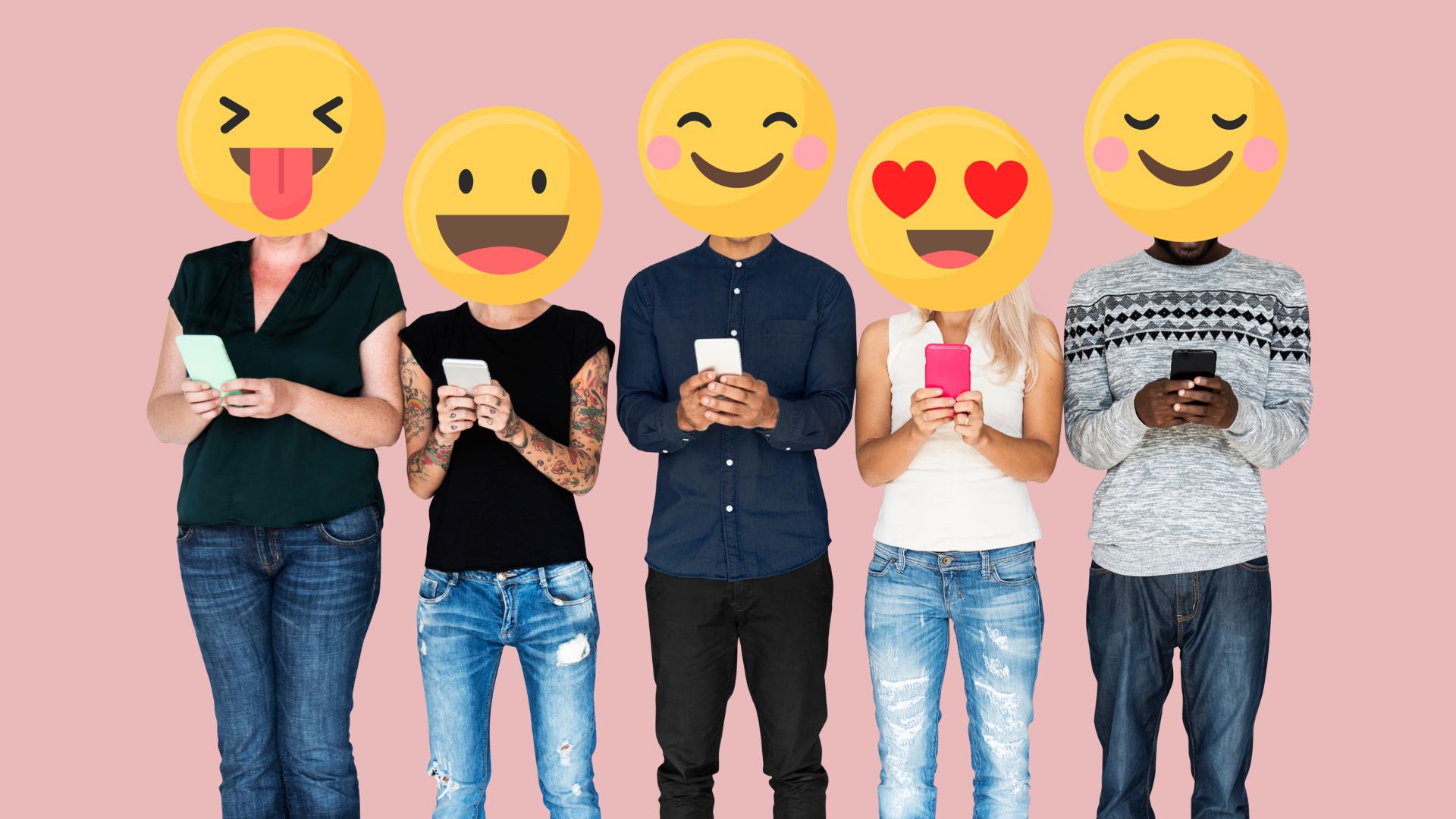
Emojis are small pictures or symbols that can be used to express emotions or ideas in electronic communication. The first emojis, created in Japan in the late 1990s, were developed as a way to add visual interest and emotion to text messages. Fun fact: the word “emoji” comes from the Japanese words “e” (meaning “picture”) and “moji” (meaning “character”).
Since their inception, emojis have become an integral part of electronic communication, and are used by people of all ages around the world. In recent years, there has been a trend towards using emojis more frequently in written communication, both in personal and business contexts. A recent survey of 1,000 American professionals revealed that 76% of survey participants use emojis in business settings. Also, an Adobe Trend Report found that 63% of professionals believe positive emoji usage increases their credibility.
Branded Campaigns
New emojis have been introduced as part of custom or branded campaigns in marketing and customer service. Some companies have created their own custom emojis, which can be used to represent their brand or products. This has been driven in part by the increasing use of mobile devices and messaging apps, which make it easy to insert emojis into text. Interestingly, a survey by Zendesk found that 75% of customer service professionals believe that using emojis in customer interactions can improve customer satisfaction.
When using emojis in professional situations, it is important to be mindful of their impact on the tone and clarity of your message. Using emojis can add personality and emotion to a message, however, it is important to use them judiciously and ensure that they are appropriate for the context and audience. Overuse of emojis, or using inappropriate or inappropriate emojis, can make a message seem unprofessional or even offensive.

Texting and Emojis
It is also important to keep in mind that emojis take up characters and can lengthen the message. This can be an issue when sending SMS messages, as many carriers have a limit on the number of characters that can be included in a single message. Using too many emojis can cause a message to be split into multiple parts, which can be confusing for the recipient and potentially cause unwanted costs.
In addition, emojis are not always rendered consistently across different software applications and phones. This means that the emoji that you see on your device may not look the same as the one that the recipient sees on theirs. This can lead to misunderstandings or confusion, particularly if the emojis are being used to convey meaning or emotion.

Generational Differences
Different generations may have varying preferences and expectations when it comes to using emojis in texting. For example, younger generations, who have grown up with technology and social media, may be more comfortable and familiar with using emojis in communication. Older generations, on the other hand, may be less familiar with emojis or may view them as being unprofessional.
This difference in attitudes towards emojis can sometimes lead to friction in the workplace, particularly if there is a gap in age between coworkers. It may be helpful to establish clear guidelines or protocols for using emojis in the workplace, particularly in formal or business-related communication.
Conclusion
Overall, the use of emojis in business communication continues to rise, and they are increasingly regarded as a way to add personality to interactions with customers and clients. When incorporating emojis into business communication, it’s important to consider several factors, including audience (eg. generational differences), texting standards (eg. message length and rendering across platforms), as well as formality (using polite emojis that do not cause potential miscommunications). Teams should also discuss emojis proactively to stay on the same page and cultivate a consistent tone yet professional in business communication.